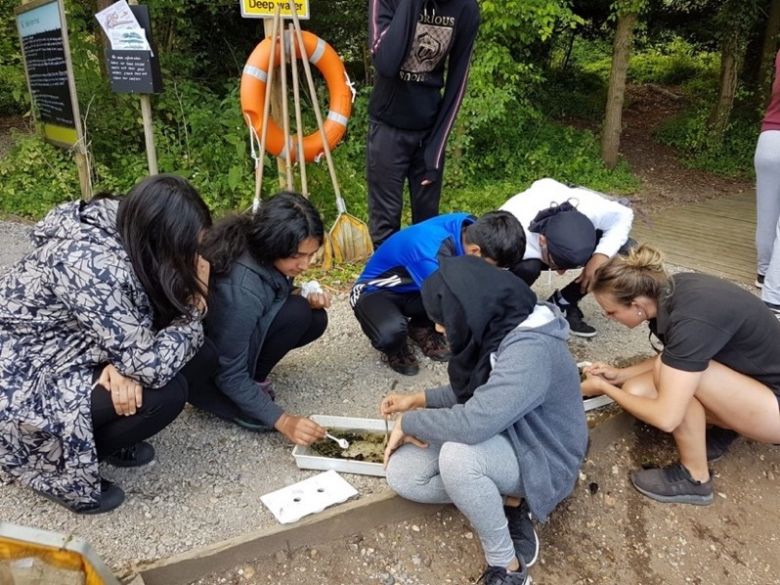Year 12 Biology Trip
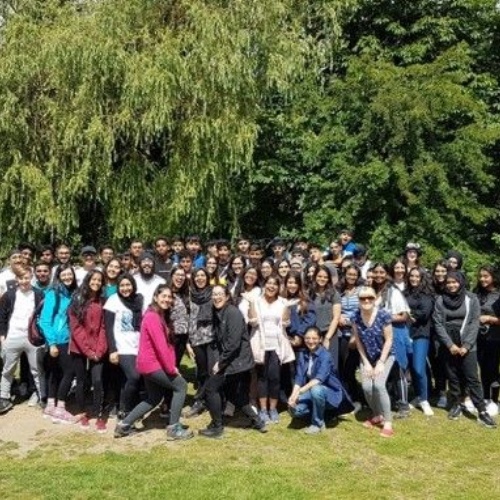
The Year 12 biology fieldtrip visited Flatford Mill, a field-studies centre in Suffolk.
This article was written by Simrun Chandale, Faheem Anwar and Jasmine Panesar the Biology Subject Fellows.
While the centre was not particularly far away, the location was still contrasting enough to our local area to maintain our interest over the three days. It was the perfect location to visit – the local area included many complex and thriving ecosystems, such as ponds, salt marshes or woodland, and the beautiful scenery was a welcome break from the classroom walls.
We visited Flatford mainly to follow up from our work on studying the abiotic and biotic factors that make up ecosystems, as well as succession, and complete 4 PAGs while we were there – PAGs are assessed practicals which we are required to pass before completing the Biology A-level. We are normally given options of which PAGs we choose to complete out of a few choices; for us Flatford was ideal for studying succession along the salt marsh and changes in plant diversity from the edge to the centre of a wood.
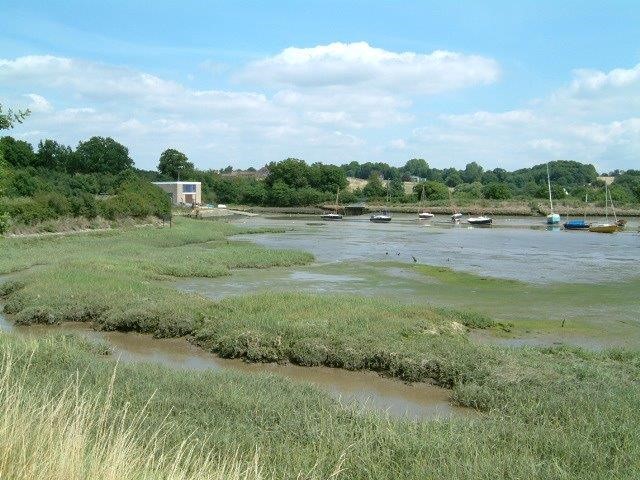
The highlights of our woodland studies included the capture-recapture technique where we collected snails from a pond, marked them and released them back into their habitat before capturing pond snails again a day later. We also explored how to measure abiotic (non-living) factors using equipment such as soil thermometers, canopy cover grids, quadrats and photometers, comparing the results between the end and centre of Grove Wood. Our practicals extended to the classroom as we conducted a chromatography experiment and woodlice response test – this allowed us to design our own experiment by selecting conditions and different stimuli to find out the favoured abiotic environment of woodlice. These investigations were both engaging and enjoyable, and our classroom follow ups where we analysed and evaluated our data, allowed us to critically understand our ecosystem biology content and become familiar with the sampling methods we learnt about.
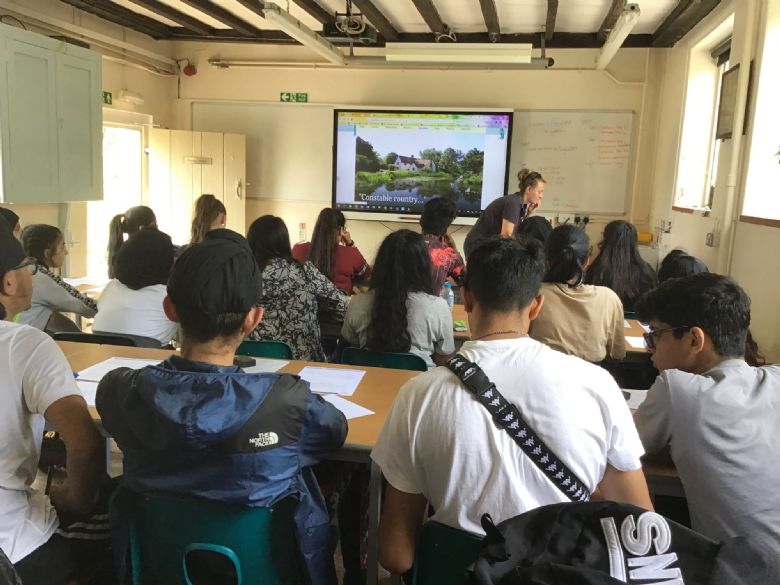
Next, we visited Holbrook salt marsh, to investigate succession. Salt marshes are coastal ecosystems that are flooded and drained by salt water brought in by the tides. It was quite incredible to actually see a physical salt marsh, since previously we had only seen images and read about it in our textbooks. We laid out transect lines perpendicular to the shore, and worked our way along it using point frame quadrats and the FSC identification guides to classify different species of plants we came across. We also measured abiotic (non-living) factors of the marsh, such as wind-speed and soil compaction. We collated all of the results onto a tablet, drawing conclusions and plotting kite graphs from the data. We also had lots of additional support from our tutor to answer extension questions and see if our hypotheses had been proven to be true. It was quite compelling to see the theory we had learnt at school be proven true with the results from the investigation we had conducted, and overall helped us grasp a firmer understanding of the topic.
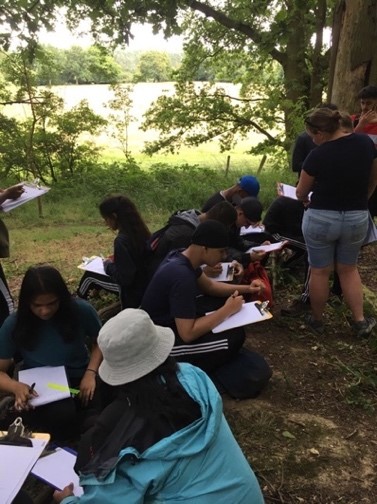
The purpose of the trip was to see our studies in action – for many of us, being able to apply what we read in our textbooks to a living, changing environment was an incredibly fulfilling experience. This trip gave us an interactive, deeper understanding of how ecosystems operate, a perspective we couldn’t have gained just from our textbooks. The quality of the teaching staff at the centre was great, with each teacher being very thorough, informative and helpful. For many of us, it was also an exciting opportunity to step out of our comfort zone, put on our wellies and work in natural environments with newts, woodlice or muddy marshes! From making tea together during our breaks, to football or love island in the evening, spending time with old friends and forming new ones was also an appreciated bonus of the trip, our leisure time serving as a great wind-down after a long day’s work. On behalf of all the students, this excursion was both educational and enjoyable, so we are grateful to the staff at Flatford Mills who provided excellent teaching and a safe, pleasant stay. We also wish to thank the school for giving us this opportunity and the teachers who really took care of us, responsible for making this trip as great as it was!
